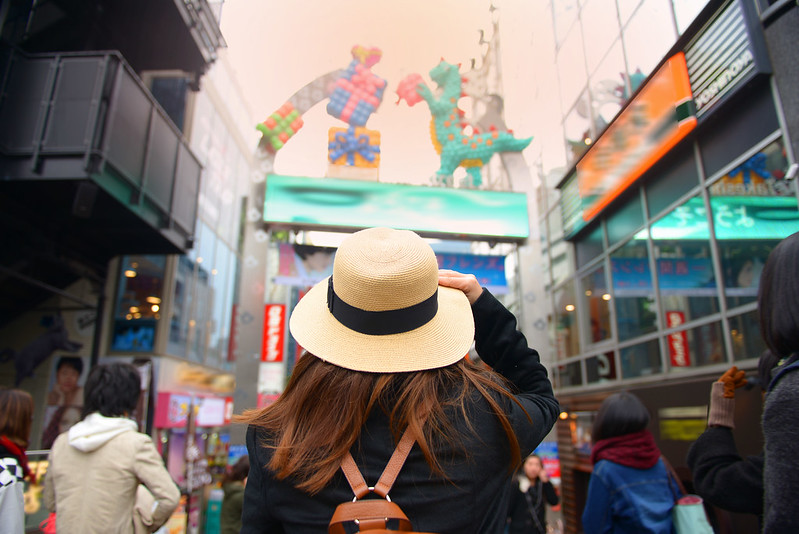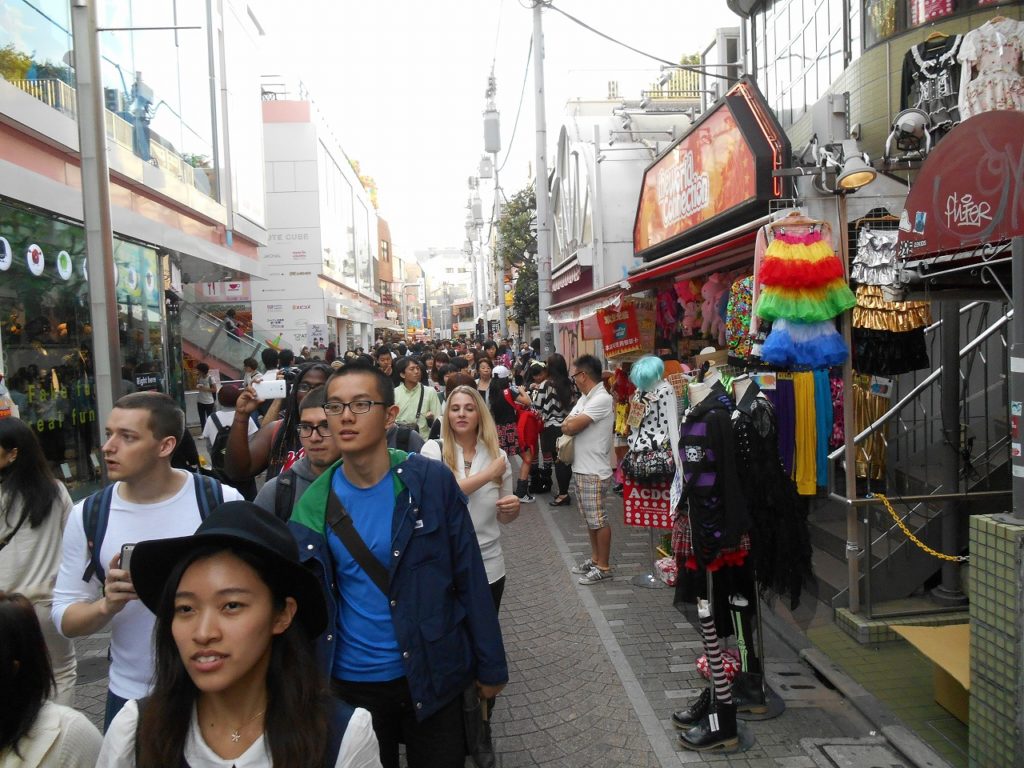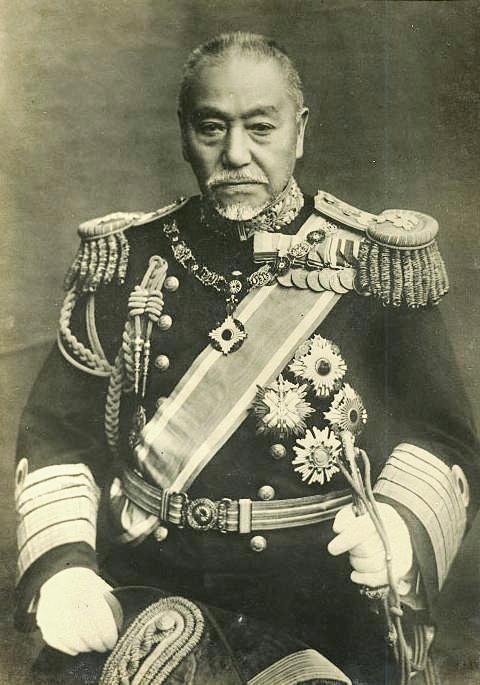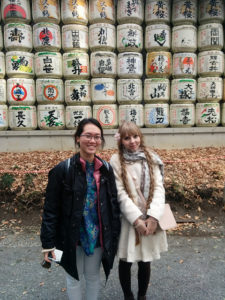
Harajuku Haven
Harajuku (原宿), the Kawaii capital of Japan, is the center of Japanese fashion and youth culture where you can get unique shopping finds and have a great dining experience. Harajuku, in Tokyo, is the best place to see extreme Japanese pop culture come alive, as well as to appreciate some of the country’s historic sights, all in one place.
Winter 2015 KCP Students at Meiji Shrine, Harajuku. | KCP Flickr
Harajuku encompasses from Harajuku Station to Omotesando, including smaller backstreets like Takeshita Street and Cat Street, to Sendagaya to the north and Shibuya to the south. You can join in the popular cosplay culture, and shop at thrift boutiques and even at some of the world-famous high-end fashion chains. Harajuku is also very close to other local attractions such as the Meiji Shrine, Yoyogi Park, and Yoyogi National Gymnasium.
 During the pre-Edo period, the Harajuku area was a small town where Minamoto no Yoshiie gathered his loyal followers during the Gosannen War (Later the Three-Year War, fought in the late 1080s as part of a long struggle for power within the warrior clan).
During the pre-Edo period, the Harajuku area was a small town where Minamoto no Yoshiie gathered his loyal followers during the Gosannen War (Later the Three-Year War, fought in the late 1080s as part of a long struggle for power within the warrior clan).
Fall 2014 KCP students at Harajuku. | KCP Flickr
They came together at the Seizoroi-saka, now known as Jingūmae 2 chōme. As a reward for safely delivering Ieyasu Tokugawa from Sakai to Mikawa during the Honno-ji Incident of 1582, the towns of Onden-mura and Harajuku-mura were given to Iga Ninja in 1590. The Iga clan residence was built in Harajuku to defend Edo because of its strategic location along Koshu Road. The main source of income in the Harajuku area during the Edo period was flour milling and rice cleaning directly sourced from the Shibuya river.
 At the beginning of the Meiji period in 1868, the towns and villages of Shibuya Ward, including Harajuku Village, merged with Tokyo Prefecture. In 1906, Harajuku Station opened as a part of the expansion project of Yamanote Line. In 1940, Togo Shrine was built in honor of Imperial Japanese Navy Marshal-Admiral Marquis Tōgō Heihachirō, one of Japan’s greatest naval heroes.
At the beginning of the Meiji period in 1868, the towns and villages of Shibuya Ward, including Harajuku Village, merged with Tokyo Prefecture. In 1906, Harajuku Station opened as a part of the expansion project of Yamanote Line. In 1940, Togo Shrine was built in honor of Imperial Japanese Navy Marshal-Admiral Marquis Tōgō Heihachirō, one of Japan’s greatest naval heroes.
So much of Japanese culture and history can be experienced in Harajuku—sampling some of the freshest sushi, window shopping, people watching, or visiting a temple. There’s always something for everyone at Harajuku.

